View all Standards for British Columbia (2018)
Intentionally select and combine drama conventions
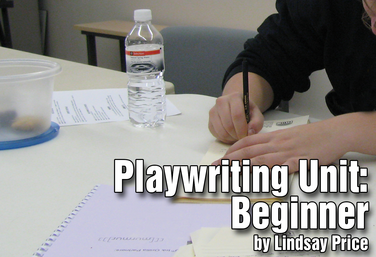
Playwriting Unit: Beginner
by Lindsay Price
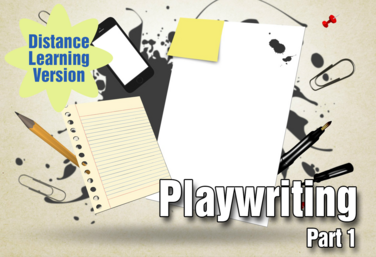
Part of the Distance Learning Curriculum
Playwriting: Part 1
by Lindsay Price
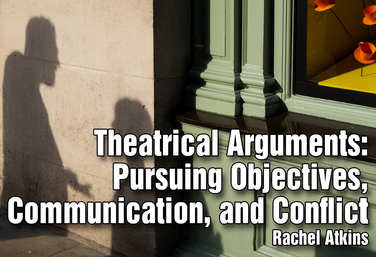.png)
Theatrical Arguments: Pursuing Objectives, Communication, and Conflict
by Rachel Atkins
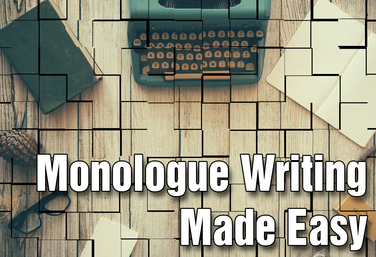
Monologue Writing Made Easy
by Matthew Banaszynski
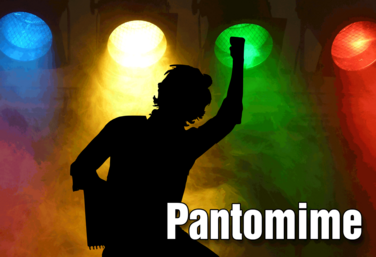
Pantomime
by Angel Borths
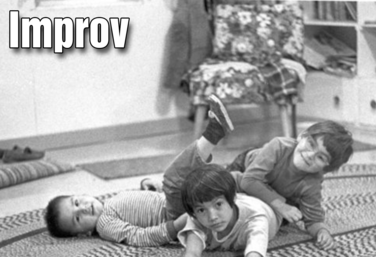
Improv
by Anna Porter
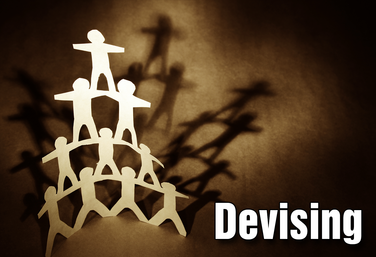
Part of the Drama Two Curriculum
Devising
by Corinna Rezzelle
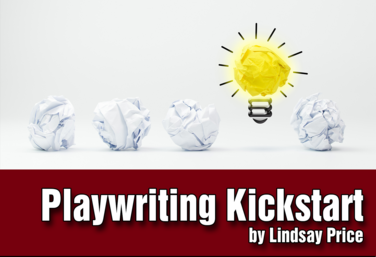
Playwriting Kickstart: Multi platform
by Lindsay Price
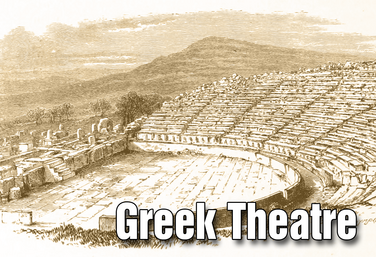
Part of the Drama One Curriculum
Ancient Greek Theatre
by Karen Loftus
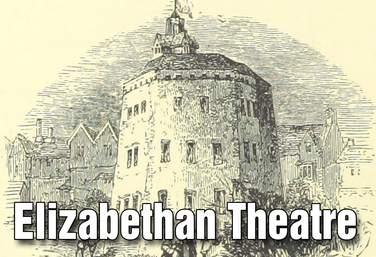
Part of the Drama One Curriculum
Elizabethan Theatre
by Karen Loftus
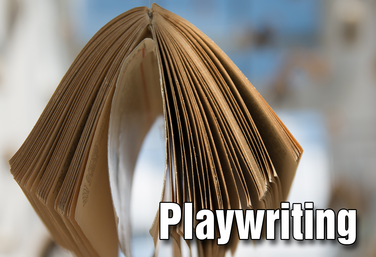
Part of the Drama One Curriculum
Playwriting
by Karen Loftus
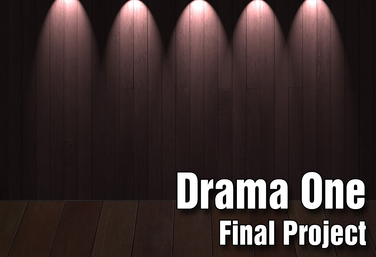
Part of the Drama One Curriculum
Drama One Final Project
by Karen Loftus
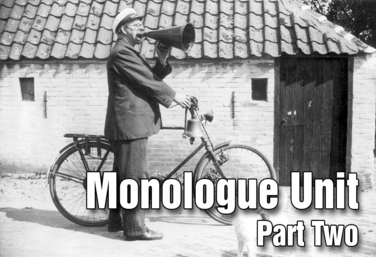
Part of the Drama Two Curriculum
Monologues - Part 2
by Matt Webster
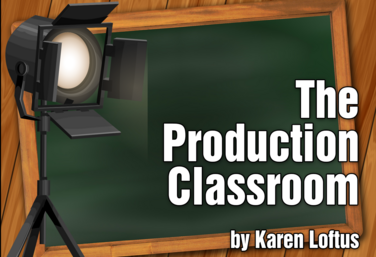
Part of the Production Classroom Units Curriculum
Part One - Pre-Production
by Karen Loftus

Part of the Production Classroom Units Curriculum
Part Two - Rehearsal and Performance
by Karen Loftus

Part of the Production Classroom Units Curriculum
Part Two - Documents
by Karen Loftus
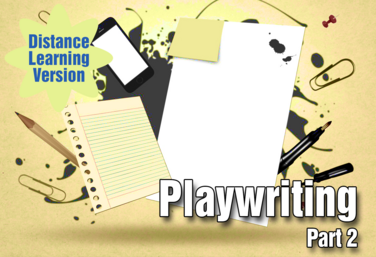
Part of the Distance Learning Curriculum
Playwriting: Part 2
by Lindsay Price

Part of the Production Classroom Units Curriculum
Part Three - Reflection and Assessment
by Karen Loftus
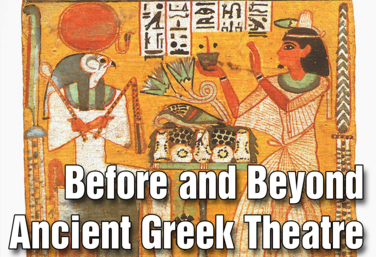
Part of the Theatre History Curriculum
Unit 1: Before and Beyond Ancient Greek Theatre
by Drama Teacher Academy
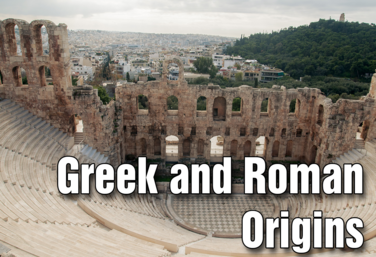
Part of the Theatre History Curriculum
Unit 2: Greek & Roman Origins
by Drama Teacher Academy
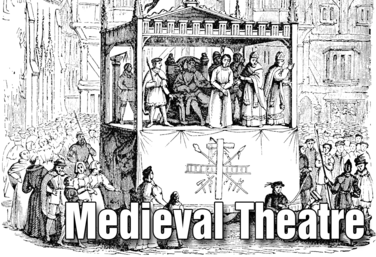
Part of the Theatre History Curriculum
Unit 3: Medieval Theatre
by Drama Teacher Academy
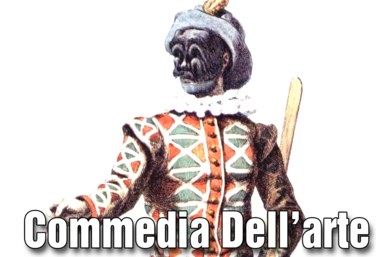
Part of the Theatre History Curriculum
Unit 4: Commedia Dell'Arte
by Drama Teacher Academy
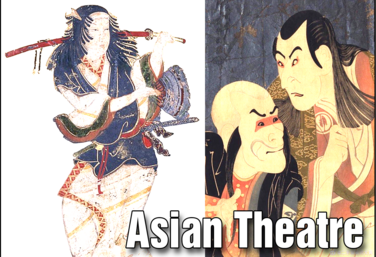
Part of the Theatre History Curriculum
Unit 5: Asian Theatre
by Drama Teacher Academy
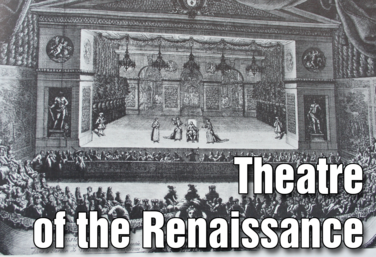
Part of the Theatre History Curriculum
Unit 6: Theatre of the Renaissance
by Drama Teacher Academy
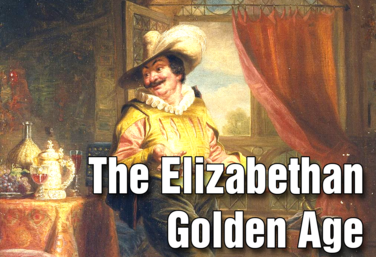
Part of the Theatre History Curriculum
Unit 7: The Elizabethan Golden Age
by Drama Teacher Academy
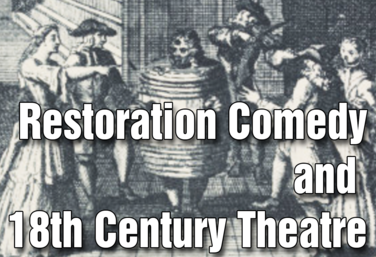
Part of the Theatre History Curriculum
Unit 8: Restoration Comedy & 18th Century Theatre
by Drama Teacher Academy
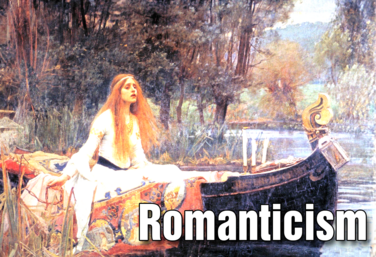
Part of the Theatre History Curriculum
Unit 9: Romanticism
by Drama Teacher Academy
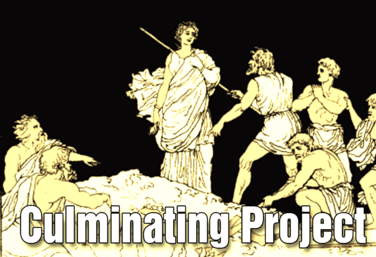
Part of the Theatre History Curriculum
Culminating Project
by Drama Teacher Academy

Theatre Radically Reimagined: Exploring Artaud, Grotowski, and Boal
by Ruthie Tutterow
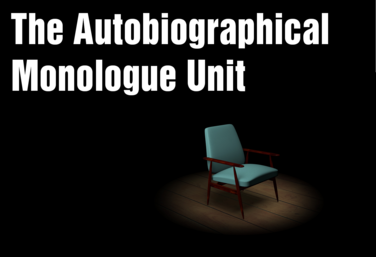
The Autobiographical Monologue
by Gai Jones
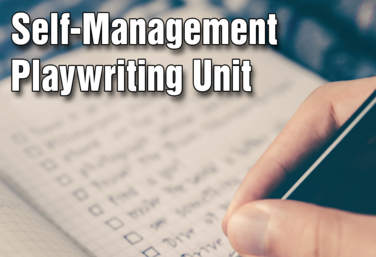
Self-Management Playwriting
by Lindsay Price
.png)
Realism and Naturalism
by Drama Teacher Academy
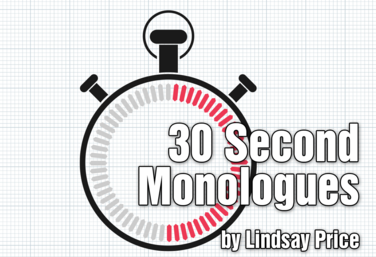
30 Second Monologues
by Lindsay Price
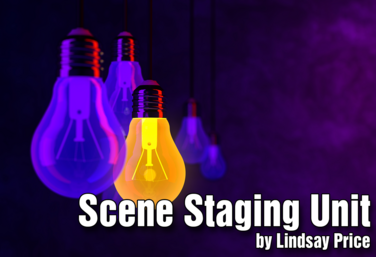
Scene Staging
by Lindsay Price
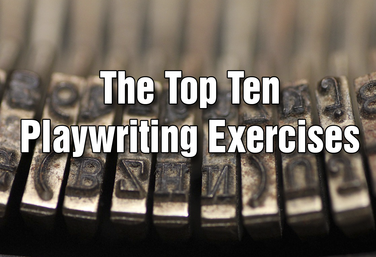
The Top Ten Playwriting Exercises
by Lindsay Price
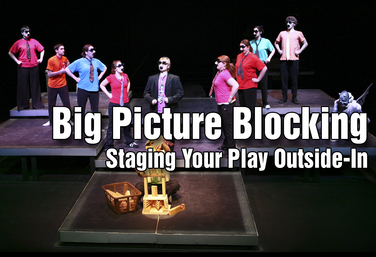
Big Picture Blocking: Staging Your Play Outside-In
by Todd Espeland
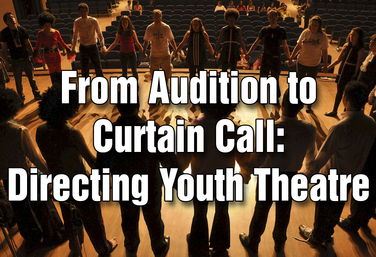
From Audition to Curtain Call: Directing Youth Theatre
by Steven Stack
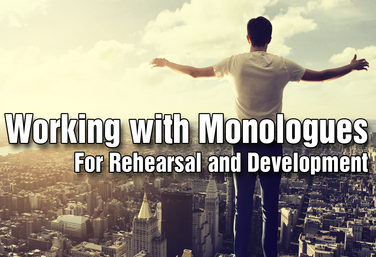
Working With Monologues For Rehearsal And Development
by Gai Jones
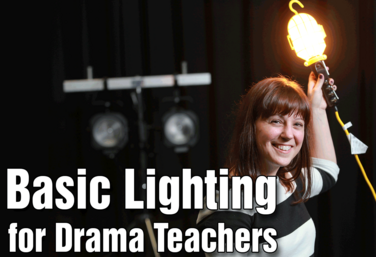
Basic Lighting for Drama Teachers
by Claire Broome

The Production Classroom
by Karen Loftus
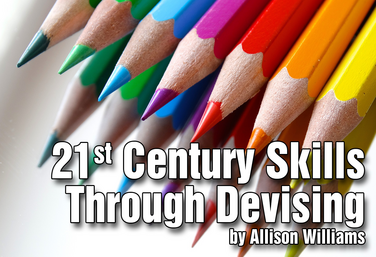
21st Century Skills Through Devising
by Allison Williams
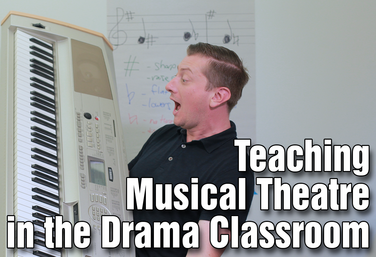
Teaching Musical Theatre in the Drama Classroom
by Colin Oliver
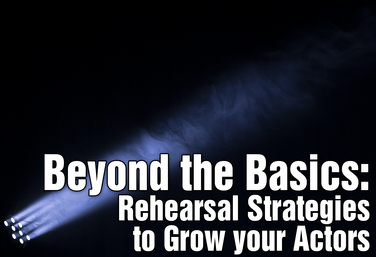
Beyond the Basics: Rehearsal Strategies to Grow Your Actors
by Julie Hartley
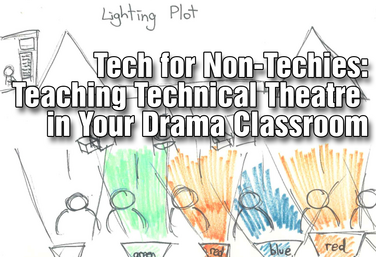
Tech for Non-Techies: Teaching Technical Theatre in Your Drama Classroom
by Josh Hatt
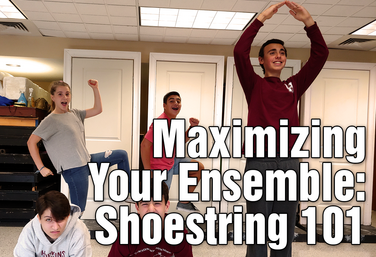
Maximizing Your Ensemble: Shoestring 101
by Michael Calderone
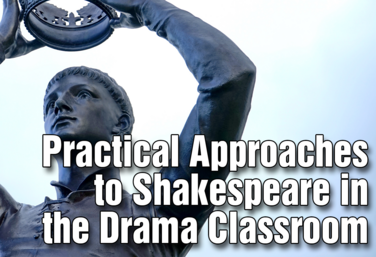
Practical Approaches to Shakespeare in the Drama Classroom
by Julie Hartley

Director's Toolbox 2: Teaching Students to Direct
by James Van Leishout
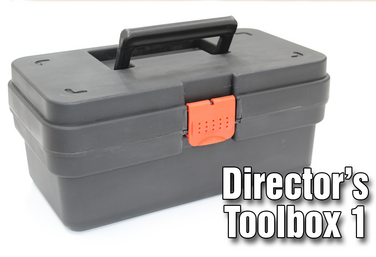
Director's Toolbox 1: Teaching Students to Direct
by James Van Leishout
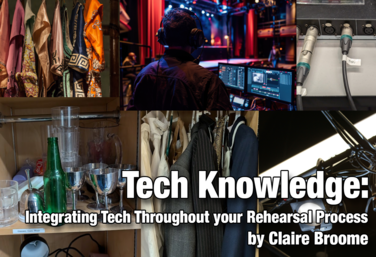
Tech Knowledge: Integrating Tech Throughout Your Rehearsal Process
by Claire Broome
View all Standards for British Columbia (2018) Standards Master List